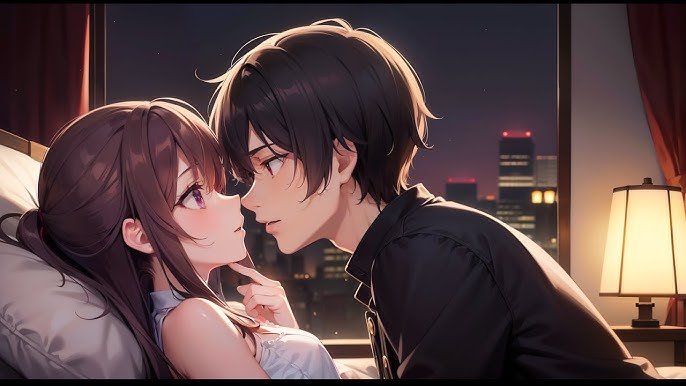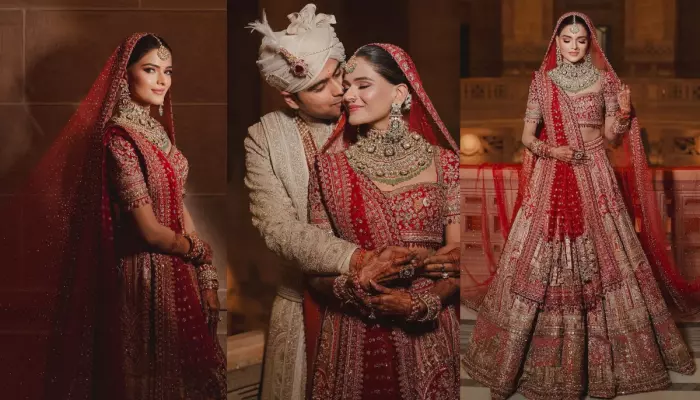An Indian bride is not merely a woman preparing for a wedding—she is a living tapestry of culture, devotion, and legacy. Her attire, her rituals, and her aura speak volumes of ancient traditions, timeless elegance, and the sacredness of union. As she walks toward her new life, each element she wears and every step she takes carries centuries of history, emotion, and celebration. In India, weddings are not just ceremonies—they are grand cultural epics, and at the heart of them stands the radiant bride.
The Saree and the Lehenga: Draping Identity with Grace
The most iconic symbols of an Indian bride are her garments—the saree and the lehenga. These are not simply outfits; they are heirlooms of heritage and honor. In North India, brides often choose the lehenga choli—an ornate skirt paired with a fitted blouse and a dupatta (veil), richly embroidered with zari, resham, sequins, and beads. In South India, the traditional silk saree—especially Kanjeevaram—is a mark of elegance, often passed down through generations.

Colors are deeply symbolic. Red dominates bridal wear in many regions, representing prosperity, love, and fertility. However, today’s Indian brides explore a wider palette—from regal maroons and golds to contemporary shades like blush, ivory, pastels, and even metallics. What remains constant is the symbolism—the belief that the outfit isn’t just a fashion statement, but a reflection of inner strength and sanctity.
Jewelry as Heritage and Armor
Jewelry for the Indian bride is more than ornamentation—it is a statement of tradition, identity, and familial pride. Each piece tells a story. The maang tikka resting on the bride’s forehead signifies wisdom and spiritual connection. The nose ring or nath is believed to enhance beauty and fertility. Bangles represent prosperity and harmony, while the mangalsutra, worn post-wedding, symbolizes the sacred bond between husband and wife.

In regions like Rajasthan and Gujarat, brides wear ivory bangles known as chooda, often in red and white combinations. In the South, temple jewelry with motifs of gods and goddesses graces the bride’s neck and ears. The layering of these pieces, often in gold, kundan, polki, and precious stones, turns the bride into a goddess-like figure, resplendent in divine beauty and familial love.
The Power of Henna and Ritual Beauty
The intricate mehndi applied on the bride’s hands and feet is more than just art—it is an auspicious blessing. Drawn in elaborate patterns during the Mehndi ceremony, the henna’s deep color is believed to reflect the love between the couple and the strength of the bride’s bond with her in-laws. Hidden initials, symbols, and playful games during the ceremony add joy and intimacy to the celebration.

Ubtan ceremonies—where turmeric paste is applied to the bride’s skin—are traditional beauty rituals that symbolize purification and glow. These ceremonies are often filled with laughter, music, and the loving touch of family members, who bless the bride while preparing her for the sacred vows ahead.
Regional Diversity in Bridal Traditions
India’s cultural richness means that bridal traditions vary dramatically from state to state. A Bengali bride, dressed in red and white silk with a conical mukut (crown), is distinct from a Maharashtrian bride in a Paithani saree and a crescent-shaped bindi. A Punjabi bride’s elaborate lehenga is complemented by her red chooda and kalire, while a Malayali bride dons gold Kasavu sarees with layers of gold jewelry that rival temple deities.

These variations are not just regional preferences—they are spiritual expressions. Each tradition is rooted in local history, beliefs, and rituals, making Indian bridal fashion a kaleidoscope of cultures and stories.
The Bridal Entrance: A Grand Moment of Transformation
When the Indian bride makes her entrance, it is a moment frozen in time. Whether she is carried in a decorated doli, walks under a phoolon ki chadar, or enters hand-in-hand with her parents, the bridal walk is charged with emotion. It’s the passage between girlhood and womanhood, between the warmth of her father’s home and the promise of her future.

This entrance is more than dramatic—it’s a declaration of transformation. Every step is met with awe, and every eye watches as the bride becomes a vision of devotion, strength, and poise.
Modern Indian Brides: Tradition with a Twist
Today’s Indian brides are embracing the best of both worlds. While deeply respectful of tradition, many brides are also infusing their weddings with personal flair. Designer blouses, minimalist makeup, pastel hues, destination wedding aesthetics, and even bridal pantsuits are emerging with confidence. Bridal photoshoots, social media highlights, and curated wedding storytelling have changed how weddings are documented—and how brides express themselves.

Yet, despite these modern touches, the heart of the Indian bride remains unchanged. She is still the torchbearer of tradition, love, and spirituality—just now with a little more glitter, a touch more freedom, and a whole lot of confidence.
Final Thoughts
An Indian bride is a reflection of the country itself—vibrant, layered, deeply spiritual, and ever-evolving. Her attire, rituals, jewelry, and presence are more than just wedding details; they are an embodiment of history, art, family, and femininity. Whether she chooses red or ivory, a lehenga or a saree, tradition or innovation—she is always a symbol of love’s enduring power and the beauty of becoming.

































